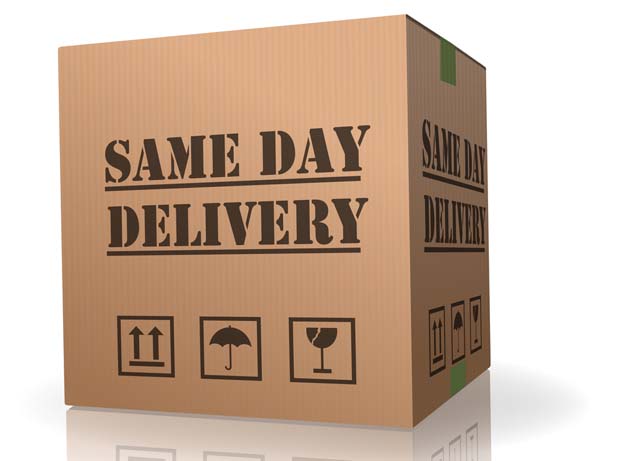Supply Chain Plays Major Role in the US Dollar Discount Retail Sector
With the discount dollar sector growing, and consolidation taking place between the big players a successful supply chain is critical to keep the shelves stocked and prices low.

The US GDP grew 4.0% for second quarter. By all appearances the US economy is improving, but tell that to consumers that regularly shop at such discount stores as Dollar Tree, Dollar General, Family Dollar and many will tell you otherwise. Deloitte estimates the top three retailers account for over 52.0% of total sector sales and average sales have grown 10.0% annually over the past decade.
Not surprising, consolidation in this sector is underway. The #2 discount retailer, Dollar Tree recently announced plans to acquire #3 discount retailer Family Dollar. The $8.5bn merger will result in a combined company with $18bn in sales, close to the largest discount retailer Dollar General with about $17.5bn and more than 13,000 stores.
Family Dollar has been suffering from a lack of direction and tired stores that have not changed in years. An expansion plan was shelved earlier this year when the company announced in April that it would actually close 370 stores and said foot traffic was declining. The company has 11 distribution centers in the US, maintains a private truck fleet as well as utilizes TL, LTL and intermodal carriers. According to its investor relations website, Family Dollar notes that a majority of imported merchandise is shipped from East Asia. Several major steamship lines, as well as an NVOCC are used for its international shipping needs. It appears Family Dollar has been using G-Log’s TMS solution since 2003. In 2005, Oracle acquired G-Log.
Meanwhile, Dollar Tree’s supply chain is managed in-house and consists of 10 distribution centers in the US and two outsourced facilities in Canada. According to its current 10-K filing, Dollar Tree stores receive about 90% of inventory from its distribution centers via contract carriers. The remaining store inventory, primarily perishable consumable items and other vendor-maintained display items are delivered directly to stores from vendors. Dollar Tree utilizes MercuryGate’s PowerTMS solution.
In the merger announcement, the companies said they would continue to run and develop both brands. Officials of Dollar Tree and Family Dollar said each chain will operate independently for the foreseeable future and that Family Dollar will continue with its planned store closings. However, the synergies of a combined supply chain could make for a more powerful united retailer particularly in regards to price negotiations with suppliers. Also, each company appears on the JOC’s top US Importers 2013 at #20 for Family Dollar and #21 for Dollar Tree with 68,600 TEUs and 66,500 TEUs respectively.
The discount dollar sector is growing and facing increasing competition from the likes of Wal-Mart which is expanding its smaller-format stores. As such, consolidation will likely continue. Will leading dollar discount retailer Dollar General team up with Wal-Mart or continue on its own? It’s early to say but a successful supply chain is particularly necessary in this sector to keep shelves stocked and prices low.


